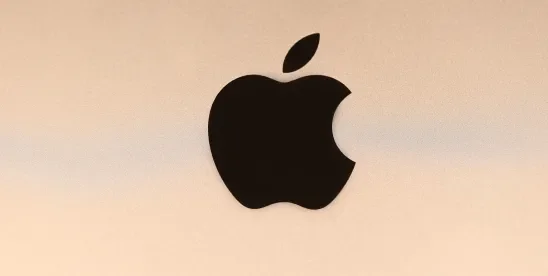Some commentators have suggested that the ITC overstepped its authority in a Section 337 case brought by Masimo Corporation against the Apple Watch. The Commission ruled in favor of Masimo, finding that Apple Watch products, including the Apple Watch Series 6 and Series 7, infringed two of Masimo’s patents relating to the use of pulse oximetry to measure an individual’s blood oxygen level. The Commission issued an exclusion order and a cease-and-desist order against the infringing Apple Watch products, which went into effect in December, 2023.[1]
The notion that the ITC erred received a boost when the CAFC took the unusual step of issuing an interim stay of the ITC’s remedial orders. Soon thereafter, Apple obtained a ruling from Customs and Border Protection (CBP) that it could continue to import the Apple Watch with a software update that disabled the blood oxygenation functionality. The CAFC then lifted the stay and directed that Apple’s appeal proceed in the ordinary course.
Apple has now filed its initial CAFC brief, and its arguments against the ITC’s ruling are underwhelming. As an initial matter, it should be noted that reversals of the ITC by the CAFC are infrequent and have almost always involved errors of law. For example, the CAFC has reversed the ITC when it sought to exercise authority over non-tangible “imports” in the form of electronic transmissions,[2] or over “downstream” products of parties not named as respondents at the ITC,[3] or where the ITC applied an erroneous claim construction.[4] Here, Apple has not made a clear showing of a legal error by the ITC. Apple should thus expect the expected for patent infringers who have pressed forward at the ITC and ultimately lost on the merits—a CAFC affirmance that ratifies the ITC’s inherent authority and underlying decision.
Apple’s lead argument concerns the “domestic industry” requirement, which provides that Section 337 relief is available only if there is an industry in the United States (in existence or in the process of being established) relating to “articles protected by the patent.” The essence of Apple’s argument is that the Commission erred in relying on prototypes as the relevant articles, rather than the “Masimo Watch” referred to in Masimo’s Complaint – which, according to Apple, didn’t exist as a product at the time the Complaint was filed. However, as the ITC pointed out in its opposition to Apple’s motion for a stay, there is nothing unusual, much less erroneous, in the ITC’s reliance on evidence produced in discovery, even if different from the allegations in the Complaint.
Apple’s appeal brief also argues that the ITC erred in relying on circumstantial evidence in determining that the prototypes practiced the asserted patents and that they existed at the time the Complaint was filed, and further challenges the reliability of the economic data relied upon to show significant investments in the prototypes. These types of determinations by the ITC, however, are subject to the deferential “substantial evidence” standard, making reversal unlikely. Moreover, even if the CAFC reverses the ITC’s finding that a domestic industry “exists,” a remand to the ITC would be necessary to address the alternative grounds that a domestic industry was “in the process of being established” at the time that complaint was filed. The ALJ had in fact found an industry in the process of being established, but the Commission did not adopt (nor did it reverse) that finding.
In addition to domestic industry, Apple asserts other grounds for setting aside the ITC’s remedial orders, including that the ITC erred in not finding the asserted claims invalid for obviousness and lack of written description support. However, these arguments face long odds in light of the clear and convincing standard for proving invalidity and the deference the CAFC affords to the Commission’s factual findings.
Finally, Apple argues that the Commissioner committed claim construction errors, and erred in not finding prosecution laches. The placement of these issues at the end of Apple’s brief, and the relative lack of space devoted to them, suggests that Apple itself does not believe these to be its strongest arguments. In addition, the ITC will likely argue that the prosecution laches argument was waived because it was presented in only a conclusory fashion in Apple’s petition for review of the ALJ’s Initial Determination.
In sum, despite the considerable buzz surrounding this case, undoubtedly owing to Apple’s involvement and the prominence of the products affected by the case, on the merits there appears to be less than meets the eye. There is nothing extraordinary about what the ITC did here, and the CAFC is likely to affirm the ITC’s decision.
[1] See Certain Light-Based Physiological Measurement Devices and Components Thereof, Inv. No. 337-TA-1276, Commission Opinion (Oct. 26. 2023).
[2] See Clearcorrect Operating, LLC v. Int’l Trade Comm’n, 810 F.3d 1283 (Fed. Cir. 2015).
[3] See Kyocera Wireless Corp. v. Int’l Trade Comm’n, 545 F.3d 1340 (Fed. Cir. 2008).
[4] See, e.g. Techtronic Indus. Co. v. Int'l Trade Comm'n, 944 F.3d 901 (Fed. Cir. 2019).





 />i
/>i

